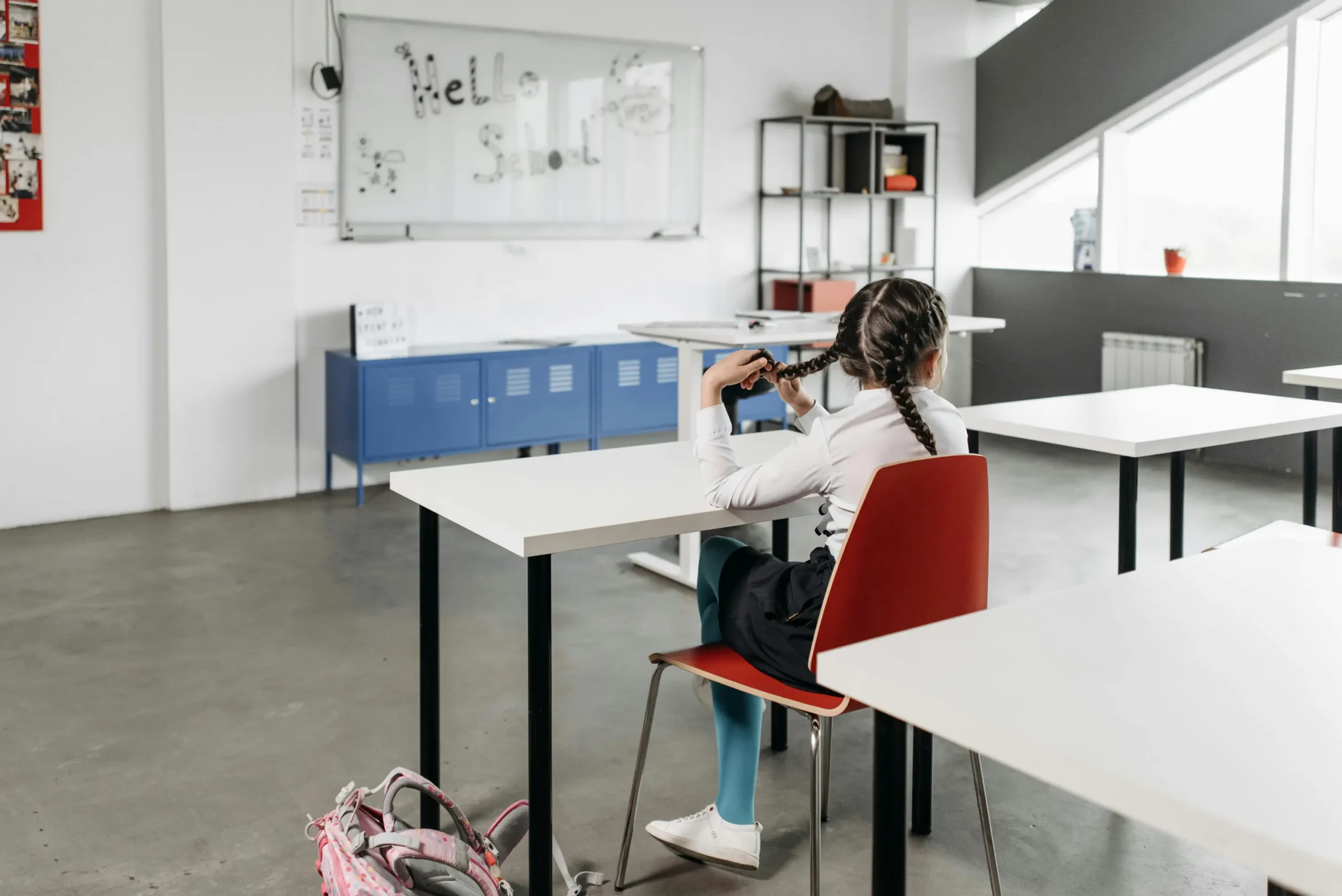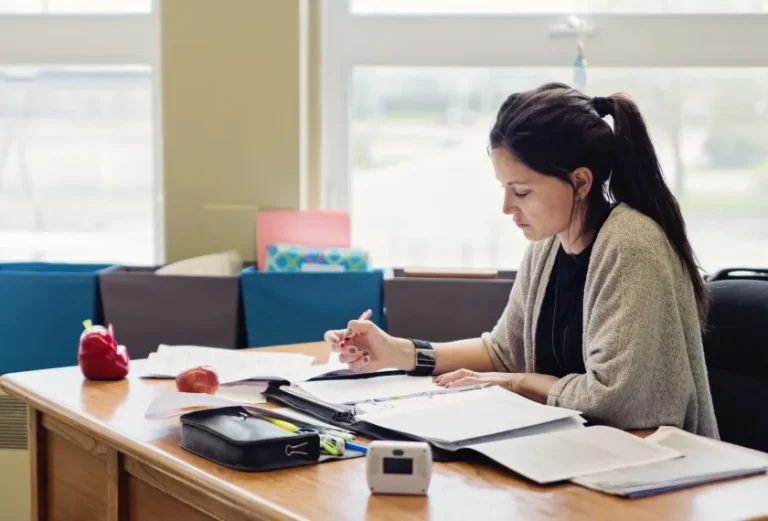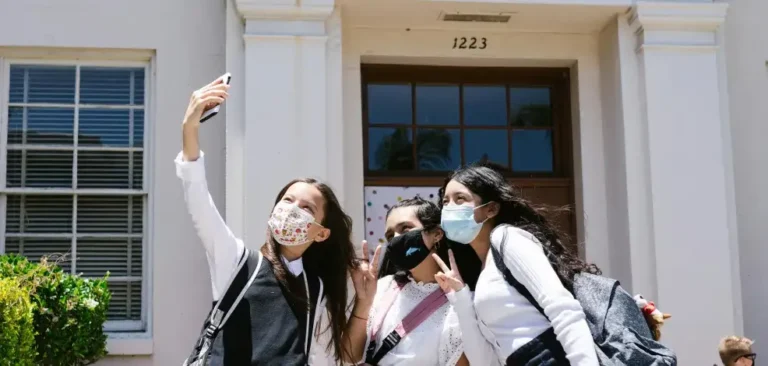The role of a teacher has always been central to shaping young minds, but in recent years, the UK has faced an increasing teacher shortage. Rising workloads, recruitment challenges, and growing student numbers are putting pressure on schools to find new ways to deliver quality education. One promising solution is the use of virtual classrooms.
Virtual classrooms are no longer a niche concept. They are becoming a practical and scalable option for schools to maintain learning standards, attract skilled professionals, and adapt to changing demands. In this article, we will explore how virtual classrooms can address the teacher shortage, what benefits they bring, and what they mean for those seeking education jobs.
Understanding the Teacher Shortage
The teacher shortage is a multifaceted problem affecting many regions in the UK. According to Department for Education figures, recruitment targets for several key subjects have not been met for years.
Contributing Factors
- Workload Pressure: Marking, planning, and admin tasks often extend well beyond contracted hours.
- Retention Rates: Many teachers leave within their first five years, citing stress and lack of career progression.
- Location-Based Challenges: Rural and coastal schools often face greater recruitment difficulties than city-based schools.
- Specialist Shortages: STEM, modern languages, and special educational needs are among the hardest roles to fill.
These pressures can mean larger class sizes, reduced subject offerings, and fewer opportunities for students to access specialist teaching.
What Are Virtual Classrooms?
A virtual classroom is a live online learning space where teachers deliver lessons to students using video conferencing, interactive whiteboards, and resource-sharing tools. Lessons are conducted in real time, often following a structured timetable, and can involve pupils in the same school or across different locations.
Typical Features
- Live audio and video communication between teacher and students.
- Tools such as polls, quizzes, and breakout rooms for group work.
- Secure platforms for sharing lesson resources and homework assignments.
Virtual classrooms are already being used in some UK schools to provide specialist subjects, connect students in remote areas, and give flexible work opportunities to teachers.
Potential Benefits of Virtual Classrooms
Increased Access to Specialist Teachers
In areas where a certain subject teacher is not available locally, a virtual classroom can connect students with a qualified teacher elsewhere. This could be particularly valuable for A-level sciences, advanced maths, or less-common language courses.
Flexible Recruitment Options
Virtual teaching roles can attract professionals who might not relocate for a traditional classroom position. This can broaden the recruitment pool for education jobs, especially for part-time or phased-retirement teachers.
Continuity of Learning
When schools face temporary staff shortages or absences, virtual classrooms can help ensure lessons continue without interruption. This approach has been used in cases of long- term illness cover or maternity leave.
Professional Development Opportunities
Teachers can observe colleagues’ virtual lessons to share good practice or deliver collaborative cross-school projects.
Possible Drawbacks and Concerns
Impact on Classroom Relationships
A key part of teaching is building strong relationships with students. Some educators worry that a screen-based connection may limit rapport or make it harder to manage classroom behaviour effectively.
Technology and Infrastructure Requirements
Reliable broadband, adequate hardware, and secure platforms are essential. Schools without this infrastructure may face significant upfront costs.
Training and Support Needs
Teaching in a virtual environment requires specific skills, from managing online participation to adapting lesson materials. Without proper training, teachers may feel under-prepared.
Variability in Student Engagement
Students may become distracted or disengaged without the physical presence of a teacher.
Balanced Perspectives: Where Virtual Classrooms Fit
It is clear that virtual classrooms have the potential to address some aspects of the teacher shortage, particularly in specialist subjects or hard-to-staff regions. They may also create new education jobs for teachers seeking flexible or remote work.
However, they are unlikely to be a universal solution. For many schools, the most effective approach might be to use virtual classrooms selectively, alongside in-person teaching, to fill gaps rather than replace physical classrooms entirely. This blended approach can combine the advantages of both formats while reducing the risks associated with relying solely on one method.
Examples in Practice
Specialist Subject Provision
A group of rural secondary schools in the North of England partnered to share a virtual maths teacher across three sites. This allowed all schools to maintain their A-level maths offering despite local recruitment challenges.
International Expertise
Some schools have hired experienced teachers from overseas to deliver certain lessons virtually. This has widened subject expertise but required careful scheduling to account for time zones.
These examples show how virtual classrooms can be implemented creatively to meet specific needs, though both also required strong IT support and clear communication between on- site staff and the remote teacher.
Considerations for Schools
When deciding whether virtual classrooms are suitable, school leaders may wish to evaluate:
- Educational Goals: Will virtual teaching support curriculum delivery without lowering quality?
- Technology Readiness: Does the school have the infrastructure to support reliable online lessons?
- Staff and Student Feedback: How do those directly involved feel about this approach?
- Cost-Benefit Analysis: Do the benefits outweigh the investment in equipment and training?
The Role in Recruitment
For recruitment teams, virtual classrooms open up new possibilities. Schools can advertise roles to a wider geographic area, potentially attracting candidates who cannot commute or relocate. They may also appeal to qualified teachers returning from career breaks who prefer a remote working arrangement.
On the other hand, these roles must still meet safeguarding and quality-assurance standards, which may require additional vetting, training, and ongoing monitoring.
Conclusion: A Tool, Not a Total Solution
Virtual classrooms could be part of the answer to the teacher shortage, especially in specialist subjects and underserved regions. However, they present challenges in technology, training, and maintaining the human connection that is central to effective teaching. The best results may come when they are used strategically, complementing or used when absolutely necessary rather than replacing traditional classroom teaching.
If your school is exploring new ways to recruit and retain high-quality teachers, our team can help connect you with skilled professionals and advise on flexible staffing models that suit your needs.





